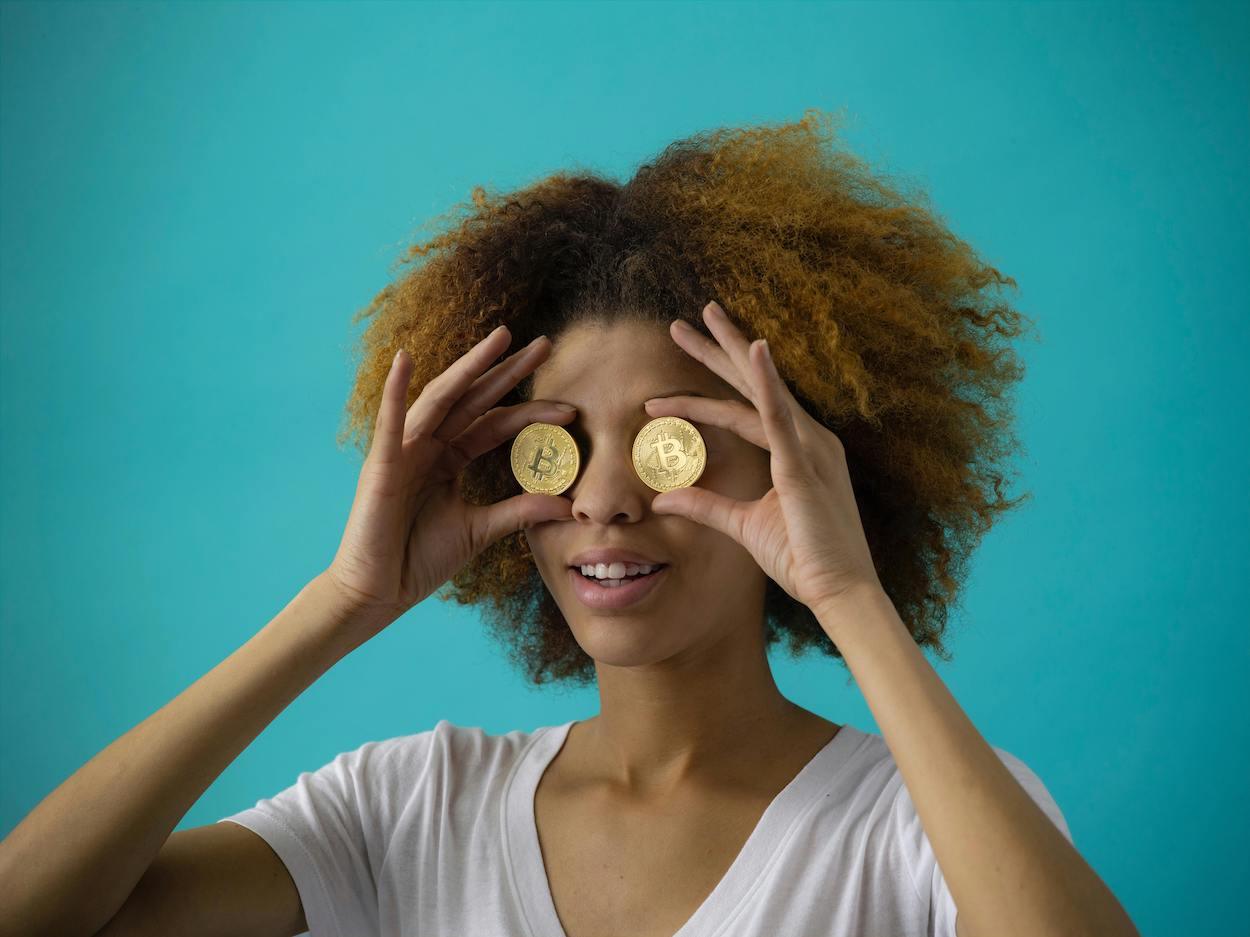Pop culture has a new co-star and it isn’t human. From beats to blockchains, crypto is sneaking into the spotlight, reshaping how stars connect, sell and create. What once lived in trading charts now lives on red carpets, playlists and streaming screens. The digital money movement isn’t hiding in finance anymore; it’s walking the runway and owning the mic.
The music game moves fast, but crypto moves faster. Artists are tired of chasing royalties that never quite add up. By turning songs into NFTs, musicians can sell directly to fans and keep most of their earnings. It’s like pressing vinyl again, except the record comes with a smart contract this time.
According to Binance Research, the total crypto market lost over US$300 billion this week, with Ethereum falling by over 13% and Solana by 20%. Yet that volatility hasn’t scared off creators. If anything, it’s fueled innovation. A mid-year Binance report found that NFT-based music platforms are popular, helping smaller artists bypass labels while giving fans absolute digital ownership. That’s why the ETH price matters beyond investment talk; it affects how affordable it is for artists to mint and sell music NFTs.
When the network is cheaper and faster, the creative floodgates open.If you’ve bought a limited-edition NFT track from a favorite performer, you didn’t just buy a file; you purchased a piece of a moment.
Fashion’s New Fabric Is Digital
Fashion has always loved a statement and blockchain is its latest one. Designers are experimenting with tokenized collections that exist both online and in closets. Picture this: a virtual dress for a metaverse runway that unlocks a real-world version delivered to your door.
According to Binance Research, institutional Bitcoin ownership has jumped from 0.9% in 2014 to 19.8% today, showing that major investors are taking crypto seriously and the luxury world is paying attention. Fashion houses see the same opportunity: authenticity, traceability and exclusivity.
The transformation isn’t subtle. In 2025, several luxury brands rolled out NFT-related loyalty schemes, treating customers to virtual badges for visiting shows or purchasing environmentally friendly items.
The badges are tradable or redeemable, giving shoppers a new status symbol combining exclusivity and newness. Gucci provided single, individual access to virtual and physical collections with its Material NFTs, while Prada’s Timecapsule NFT drops paired blockchain-verified access with limited-edition physical items.
Binance data shows Ethereum’s upcoming Fusaka upgrade, scheduled for December 3, will double network capacity and slash transaction costs, perfect timing for fashion’s digital evolution.
Tokens and Transparency
Forget Hollywood sequels, blockchain might be the industry’s biggest new storyline. Producers are turning to crypto to fund films, track spending and even let fans own a slice of the project.
According to Binance Research, over US$300 billion in market value vanished during a recent “sell-the-news” phase following global rate cuts, yet NFT-based crowdfunding for films stayed resilient. The reason? Transparency sells. Investors like knowing where their money goes; smart contracts make that possible.
Independent filmmakers are especially embracing this shift. Instead of pitching studios for years, creators can launch a tokenized campaign and start production once the community backs it. This creative twist keeps fans emotionally and financially invested from script to screen. It also gives filmmakers a rare advantage: proof of audience demand before a single frame is shot.
The Calm After the Volatility
Crypto’s mood swings make headlines, but there’s more rhythm than chaos behind it. Binance Research notes that October and November are historically the two months with the lowest Bitcoin volatility, often reversing September’s weaker momentum.
That calmer period frequently gives builders and, yes, creators, room to experiment without panic flooding the system.
Behind the scenes, blockchain infrastructure keeps advancing. Binance’s reports highlight, “The CFTC’s push to evaluate tokenized collateral and stablecoins for derivatives markets highlights a clear regulatory shift toward embracing blockchain-based financial infrastructure. This move could unlock 24/7 liquidity, lower systemic risk and pave the way for broader digital asset adoption.”
Culture Cashes In
Pop culture’s relationship with crypto isn’t about hype anymore but expression. From film credits on the blockchain to limited-edition digital sneakers, creative ownership is becoming democratized. Crypto lets artists say, “This is mine” and allows fans to say, “I’m part of it.”
Binance Research data continues to show resilience across the sector. Despite price drops, Ethereum and other smart-contract networks keep powering new forms of cultural engagement. And with the Fusaka upgrade promising faster speeds and cheaper fees, even everyday creators will soon have access to tools once reserved for major players.
The fusion of blockchain and pop culture creates something rare: a shared digital stage. The markets will rise and fall, but the creative energy behind this movement feels permanent.
Crypto isn’t just changing how money moves; it’s changing who gets to make art, wear fashion and tell stories. And that, for once, might be a revolution everyone gets to join.







